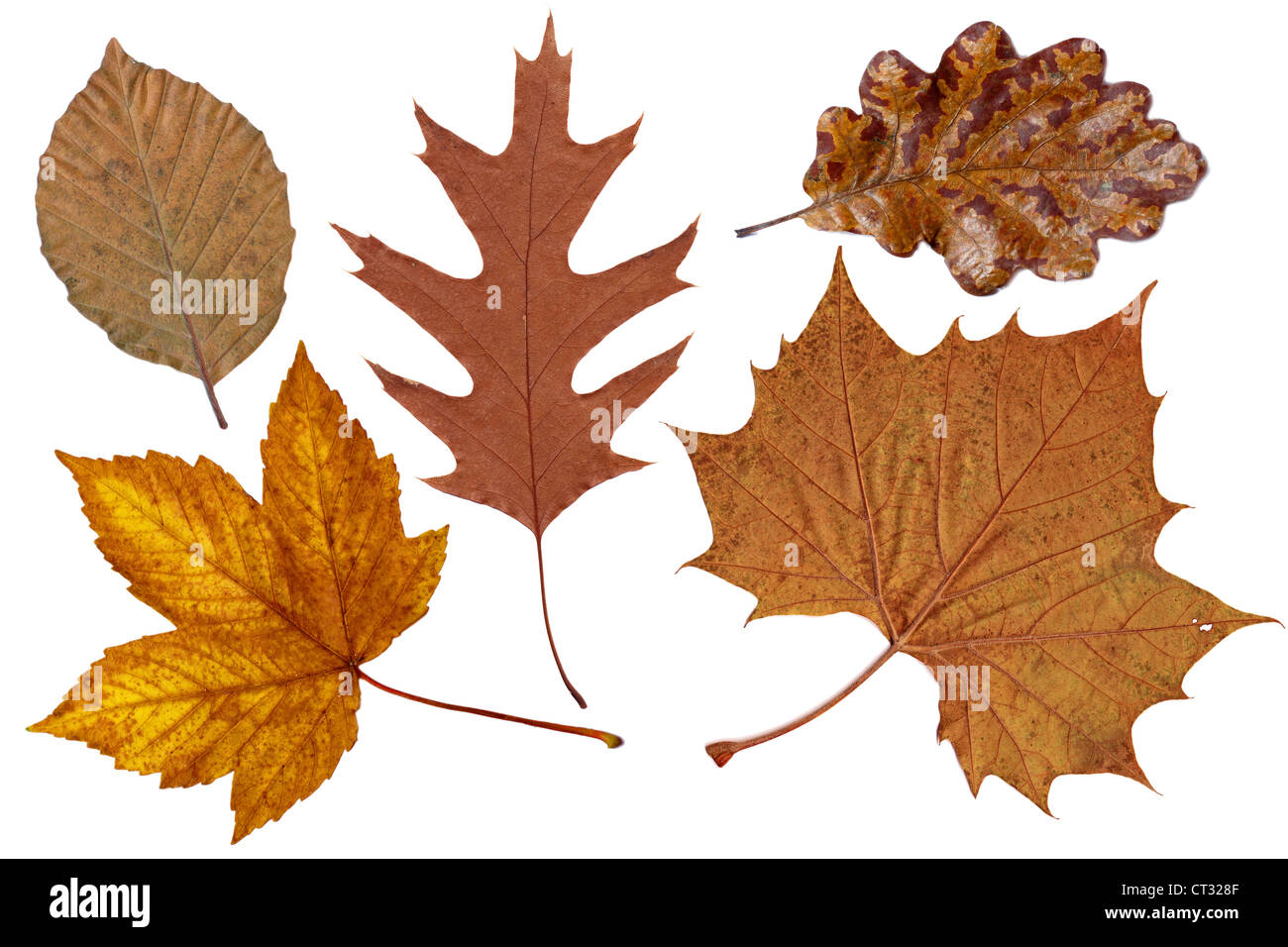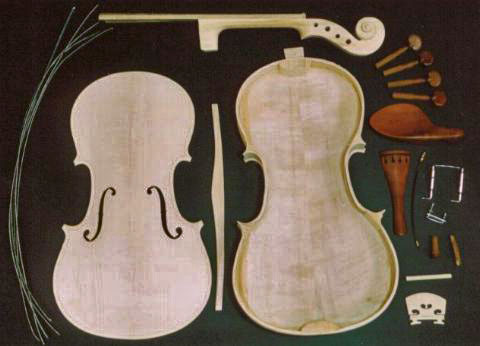As a gardener and outdoor enthusiast, learning how to identify trees by their leaves is an invaluable skill. Two types of tree leaves that are often confused are those of plane trees and maples. While they share some visual similarities, plane tree leaves and maple leaves have distinct differences that set them apart.
In this article, we’ll explore:
- The key features of plane tree leaves vs. maple leaves
- Tips for easy identification
- Common varieties of each type of tree
- Other parts of the tree that aid identification
Armed with this knowledge, you’ll be able to confidently distinguish a plane tree from a maple with just a glance at its leaves or surroundings.
Plane Tree Leaf Features
Plane trees belong to the Platanus genus and are known for their large, lobed leaves. Here are some of their defining features
- Alternate arrangement – leaves emerge singly in an alternating pattern along the branch
- 3-5 shallow lobes with angular sinuses – spaces between lobes form distinct angles
- Coarse, sawtooth margins – leaf edges are rugged with pointed teeth
- Palmate venation – main veins branch from a common point at leaf base
- Greenish-white underside – pale color on bottom of leaf
Popular plane tree varieties include the London plane tree (Platanus x acerifolia) and the American sycamore (Platanus occidentalis).
Maple Leaf Features
Maples make up the Acer genus and also have lobed, palmate leaves. Their distinguishing features include:
- Opposite arrangement – leaves emerge in pairs on opposite sides of the branch
- 3-5 deep lobes with rounded sinuses – spaces between lobes are curved
- Smooth or bluntly toothed margins – leaf edges lack sharp points
- Palmate venation – main veins radiate from leaf base
- Yellowish-green underside – bottoms of leaves have yellow tint
Well-known maple species are the sugar maple (Acer saccharum) and Norway maple (Acer platanoides).
Tips for Telling the Difference
When examining an unknown leaf, focus on these key points:
- Leaf arrangement – if alternate, it’s a plane tree; if opposite, it’s a maple
- Shape of sinuses – angular sinuses indicate a plane tree; rounded sinuses signal a maple
- Teeth on margins – sharp teeth mean plane tree; smooth or blunt edges mean maple
- Underside color – greenish-white underside is a plane tree; yellow-green is a maple
Also compare the overall leaf shapes. Maple leaves tend to be broader, while plane tree leaves are more triangular.
Other Identifying Features
While the leaves provide the best clues, also look at:
- Tree bark – plane trees have camouflage-pattern, peeling bark; maple bark is smoother
- Branching pattern – plane trees have alternate branching; maple branching is opposite
- Flowers and fruits – plane trees have ball-shaped clusters of fruits; maples produce winged samaras
So next time you come across an unknown leaf, inspect its details closely. With practice, distinguishing plane tree leaves from maple leaves becomes second nature. Sharpen your identification skills and gain a deeper appreciation for these beautiful trees.

More Information About Sycamores:
Another type of maple found in Germany is the Field Maple (acer campestre). Perhaps I will save that one for a separate blog post.
Hello from Bensheim, Germany!
I took a nice walk today and leisurely surveyed the landscape as I strolled along. The sun was out, birds were singing German love songs and all was right with the world. La la la. And then Bam! Something caught my eye that stopped me dead in my tracks…
Is that a MAPLE LEAF on the sidewalk?! I paused to pick up the leaf and twirl its stem between my fingers as I examined it. Sure enough. The leaf had 3 large, distinct lobes with jagged edges and a main vein (aka a “midrib”) dividing the center of each lobe. Just like the maple back home, the midribs met at the base of the leaf (aka “palmate”). The indentation between each lobe (aka the “sinus”) was not as distinct as the maple leaves back home… but that’s got to be a maple. The parent tree casually held its thick, domed crown overhead. The delicate fingers of each branch held dense bouquets of these pretty leaves, dancing in the light breeze. “Yes. Maple. I found a maple tree.” I thought to myself.
But waaaait a minute… My eyes traveled down the tree trunk in confusion. Look at that bark. It’s smooth? Whaaat? So it’s not a maple tree? I was intrigued and was compelled to do a little research when I returned to the hotel.
With Google’s help, I determined this was a sycamore (acer pseudoplatanus) which happens to be in the same genus as the Sugar Maple (acer saccharum). So that explains the familiar leaves. But the big question I know you are wondering right now is “Can you tap it?”. I know, because I was asking the same question.
So yes, the sycamore CAN be tapped and its sap made into syrup. Spring weather in Germany includes those favorable nights below freezing and days in the 40s too. I just wanted to shout it from the rooftops “Hey Germany! You should make syrup! Don’t you know you can tap these?”
The native distribution of this sycamore encompasses most of central and southern Europe. However, you can find a similar tree in the United States called the American sycamore (platanus occidentalis). It is not categorized in the acer genus—(like the sugar maples and the sycamore I found in Germany)—Rather the American sycamore is a member of the genus platanus. Don’t let that discourage you though. Pay no mind. TAP IT!
I have read several accounts online of people who mix the maple sap and sycamore sap when making syrup. And one sycamore syrup enthusiast had noted that their sycamore syrup had more of a honey or butterscotch flavor than maple syrup.There are other uses for the sycamore tree too! It’s a pretty cool tree.

London Plane Trees vs. Sycamores
FAQ
Do plane trees grow in the US?
Platanus occidentalis, also known as American sycamore, American planetree, western plane, occidental plane, buttonwood, and water beech, is a species of Platanus native to the eastern and central United States, the mountains of northeastern Mexico, extreme southern Ontario, and extreme southern Quebec.
What are the disadvantages of the plane tree?
However, London plane trees release spores which trigger allergic reactions and tree surgeons climbing these trees or collecting trimmed branches on the …Feb 4, 2019
How to identify a plane tree?
How to identify. London plane trees have large, sycamore-like leaves, fluffy fruits hanging in ‘strings’, and flaky, grey bark.
What tree is mistaken for a maple tree?
Another leaf that could be mistaken for a maple is the sweetgum (Liquidambar styraciflua).
What does a London Plane Tree leaf look like?
Visually, a London plane tree leaf looks like a maple leaf or sycamore tree leaf. The large, pointed leaves with toothed margins measure 7” (17 cm) long and up to 10” (25 cm) wide.
Are London plane-tree leaves similar to maple leaves?
London plane-tree leaves are similar to maple leaves because they are both palmately lobed. However all sycamores, including London plane-trees have alternate branch and leaf arrangement, while all maples have opposite branching. Sycamores have 3 main veins while maples such as Norway and sugar have 5 or 7 main veins.
Do maple trees have opposite leaves?
Maples, however, have opposite leaves. As simple as it sounds, this means that the leaves branch off from the main stem in opposite pairs. So, if you find that the leaves sit in happy little couples all the way down the branch, you’re definitely not looking at a London plane. So there you have it.
What are the flowers of a plane tree like?
The plane trees bear flowers of both sexes on the same tree but in different clusters. The sycamore maple (Acer pseudoplatanus), often called sycamore, plane, or mock plane, is distinct (see maple).
How do London Plane Trees differ from sycamore trees?
London Plane Trees differ from Sycamore Trees in several ways. Mottling on the London Plane’s bark starts at the base of the trunk, while Sycamore bark only peels away higher on the tree, closer to the crown. Additionally, the exfoliated bark of London Plane Trees reveals yellow inner bark, unlike the whitish bark of Sycamore Trees. Lastly, London Plane Tree leaves have more pronounced jagged lobes than Sycamore Tree leaves.
What do maple leaves look like?
Some refer to these leaves as having a “star” form or a maple-like silhouette. Because the leaves of these species can look so similar, it may be hard to tell exactly what you’re looking at. Examining the leaves more closely can help you identify them.
